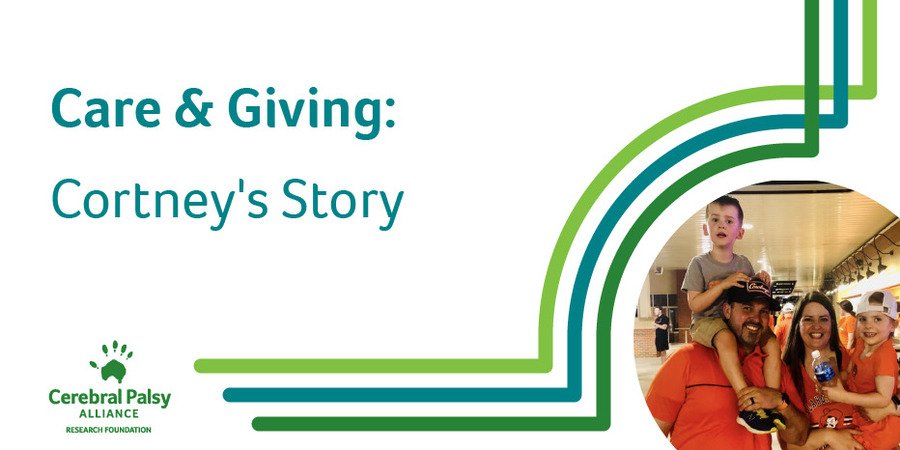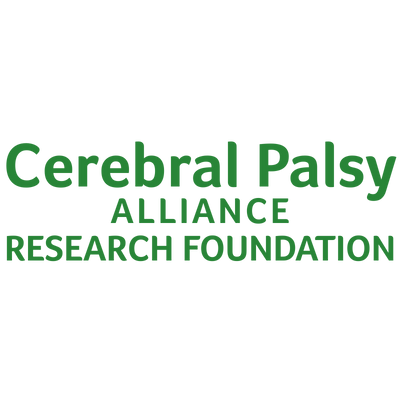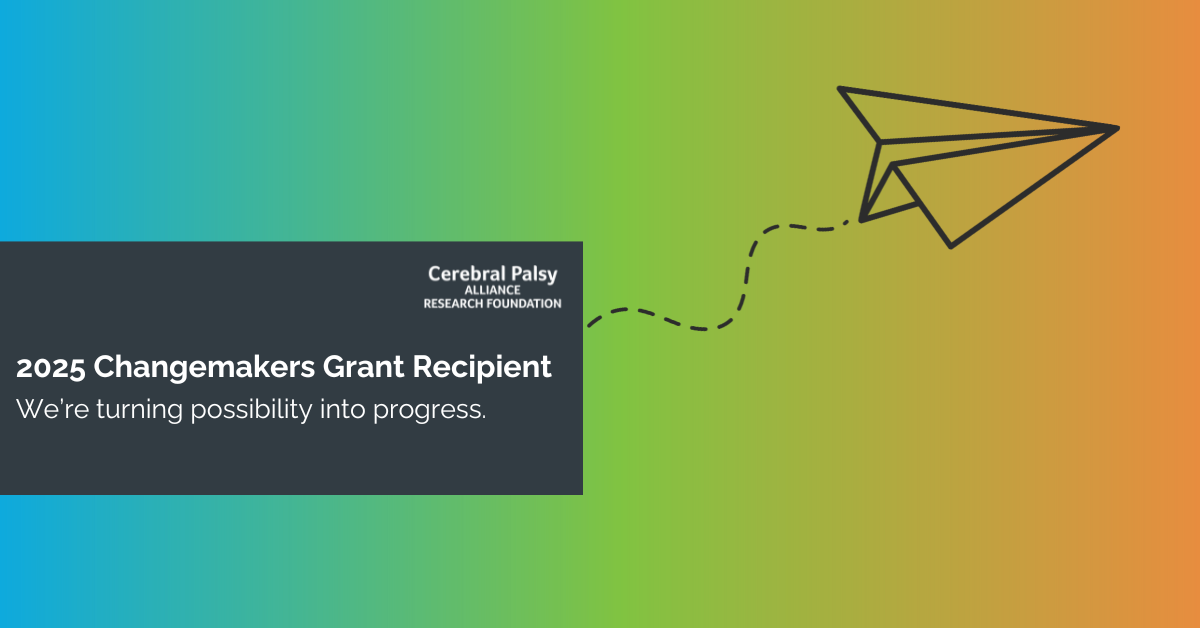
CARE & GIVING: Cortney’s Story*
In the next part of our Q&A with Cortney, she shares what she wants people to know about raising a child with cerebral palsy and what it’s like to learn about this disability as a parent.
What do you want to share with people who know nothing about cerebral palsy and who don’t know what it’s like to raise a child with this disability?
First, as parents, we already have a lot in common and probably experience similar challenges. One such challenge, for me, is figuring out how to teach my children how privileged they are. We do our best to serve others and help those in need, but I hope to continue to expand my children’s world view as they get older. My children need to be exposed to the various challenges and barriers that people face in the world, and there are many kinds of challenge, such as financial, racial, social, and physical. Although there are other types of barriers my children may struggle to understand, physical disability is one challenge that they know well. Not only do we live it with Scarlett, but my children have gone to an inclusive school with children who have other physical and mental disabilities, emotional trauma, and behavioral disorders. For other parents who know nothing about cerebral palsy or have not been exposed to disability, I would encourage you to seek out and befriend an adult with a disability, such as cerebral palsy, or a family with a disabled child.
If other parents want to develop kindness and empathy in their kids, a great way is for them to be around disabled children. Children are naturally curious and sympathetic to the plight of others, especially other children. I see it almost every time we are in public, whether at the library or at the playground. At least one child will ask me a question about Scarlett. I’ll be the first one to welcome questions (while also making it clear that Scarlett does not have to answer unless she wants to).
When children ask me about Scarlett, the questions are usually something like “What is wrong with her?” or “What happened to her legs?” or “Why can’t she walk?” My response is usually that, first and foremost, there is nothing wrong with her. She suffered an injury to her brain while she was a baby in my belly, which causes her to need more help walking. She can walk, but she has a disability and her legs work differently from yours. I don’t usually get into this, but I wish other children and adults could also understand that walking is not the goal. Mobility, or getting from point A to point B, is the goal, and walking is only one way to do that.
Moved by this story? Donate to CPARF to keep cerebral palsy research and disability innovation moving forward.
*Cortney's story is part of CARE & GIVING. This series covers a few different aspects of the cerebral palsy community. It features the experiences of those who care about and for people with cerebral palsy, including parents and caregivers, therapists, paraprofessionals, and other allies. It also highlights donors who have made it their mission to move cerebral palsy forward, because care and giving go hand in hand.
The CARE & GIVING blog is intended solely to raise awareness about the varied human experience with cerebral palsy and shouldn't be read or construed to contain any medical advice or medical endorsement by Cerebral Palsy Alliance Research Foundation. Only you and your doctor know what's best for you. Please consult your doctor for medical advice.
Fri 05 Dec 2025
An update on one of our most important initiatives: expanding access to life-changing assistive technology for Native Americans with disabilities.
Fri 10 Oct 2025
We’re thrilled to share an exciting milestone from CPARF’s Changemakers Program — our inaugural community-voted research study has been selected!



